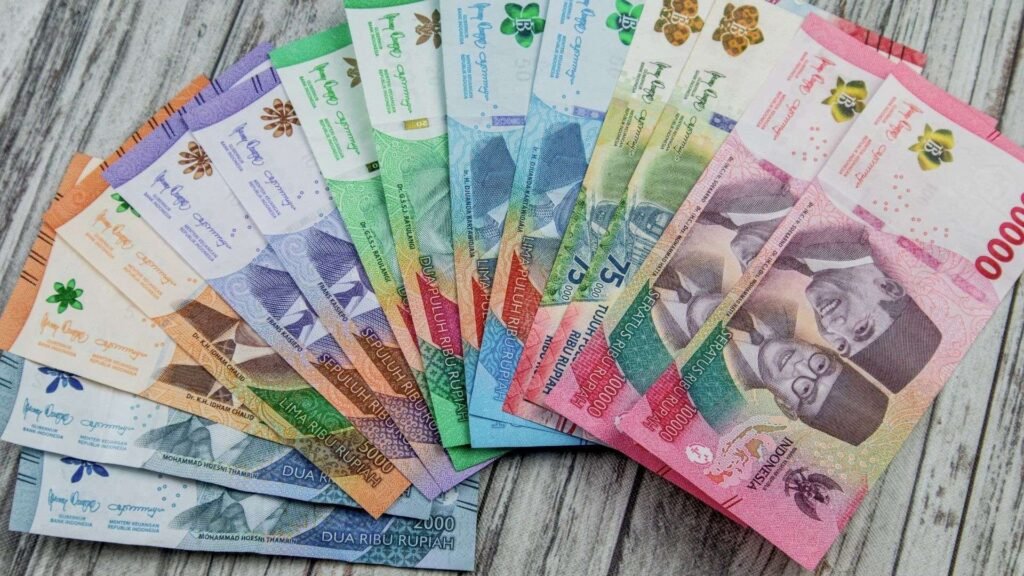
The Indonesian rupiah has demonstrated notable resilience, strengthening to IDR 15,500 against the US dollar. This appreciation is a positive signal for Indonesia’s economy, reflecting improved market sentiment and favorable macroeconomic conditions. Below, we explore the key drivers, impacts, and future outlook for the rupiah.
Key Drivers of the Strengthening Rupiah
- Robust Export Performance:
- Indonesia’s strong export figures, particularly from commodities like palm oil, coal, and nickel, have boosted foreign exchange inflows.
- Continued global demand for these commodities has supported the trade surplus, providing upward momentum for the currency.
- Monetary Policy Support:
- Bank Indonesia’s prudent monetary policies, including maintaining interest rates at competitive levels, have bolstered investor confidence.
- Measures to stabilize the currency, such as interventions in the foreign exchange market, have also played a significant role.
- Capital Inflows:
- Increased foreign direct investment (FDI) and portfolio investments have contributed to strengthening the rupiah.
- Investors are attracted by Indonesia’s economic growth potential, political stability, and improving investment climate.
- US Dollar Weakness:
- A weakening US dollar, driven by shifts in global monetary policy and market dynamics, has indirectly benefited the rupiah.
Economic Implications
- Inflation Control:
- A stronger rupiah helps curb imported inflation by making imported goods and raw materials cheaper.
- This could provide relief to businesses and consumers amid rising global prices.
- Debt Servicing:
- Indonesia’s external debt burden is eased as repayments in US dollars become less expensive.
- This contributes to improving fiscal stability.
- Export Competitiveness:
- While a stronger currency can affect export competitiveness, Indonesia’s reliance on high-demand commodities mitigates this risk.
Market Reactions
The strengthening rupiah has been met with positive reactions from financial markets:
- Equity Markets: The Jakarta Composite Index (JCI) has seen gains, supported by strong foreign inflows.
- Bond Markets: Lower yields on government bonds signal increased demand from international investors.
Outlook and Challenges
- Sustainability of Growth:
- Maintaining the rupiah’s strength will depend on consistent trade surpluses, capital inflows, and sound economic policies.
- Global Risks:
- External factors such as US Federal Reserve policy shifts, geopolitical tensions, and fluctuating commodity prices could influence the rupiah’s trajectory.
- Domestic Reforms:
- Continued implementation of structural reforms, particularly in infrastructure, labor, and digitalization, will be key to sustaining investor confidence.
Conclusion
The rupiah’s appreciation to IDR 15,500/USD marks a significant milestone, reflecting Indonesia’s economic resilience and sound policy framework. While challenges remain, the currency’s strength bodes well for economic stability, inflation control, and investor sentiment. Moving forward, maintaining this momentum will require continued policy focus and adaptability to global economic shifts.
